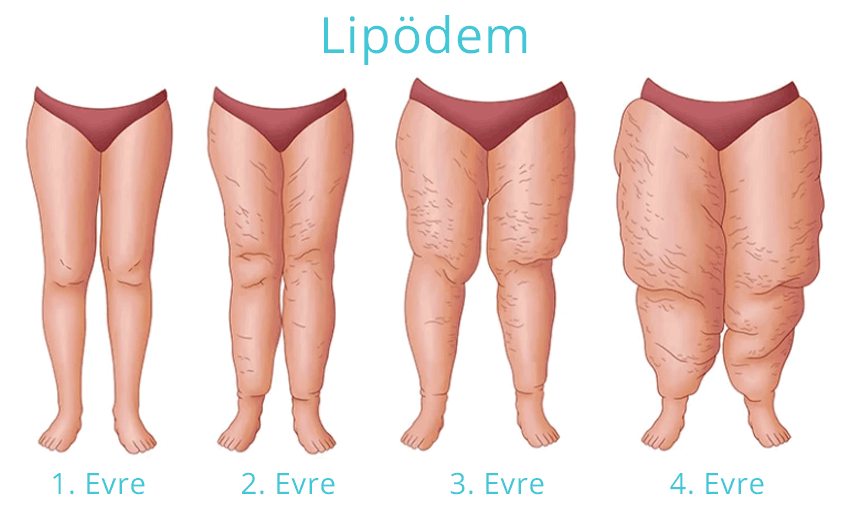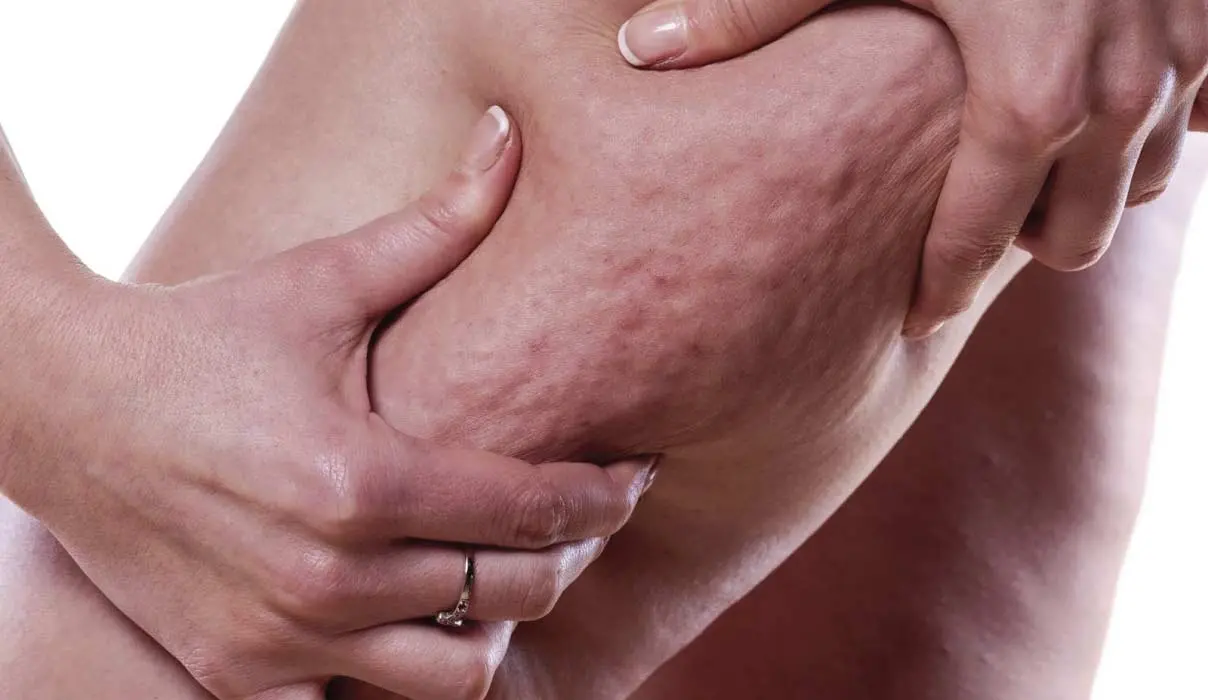What Is Lipedema?
Lipedema, also known as painful fat syndrome, is a chronic and progressive disorder characterized by the symmetrical accumulation of subcutaneous fat, primarily affecting the legs and, in some cases, the arms. It occurs almost exclusively in women and is frequently misunderstood as simple obesity.
Although lipedema may initially appear to be an aesthetic issue, it can significantly impair quality of life through symptoms such as pain, tenderness, bruising, and restricted mobility. Unlike obesity, lipedema fat distribution is resistant to diet and exercise and does not affect the hands or feet.
Onset of Lipedema
Lipedema typically begins during hormonal changes, such as puberty, pregnancy, or menopause. Genetic predisposition plays a significant role, and hormonal triggers can activate the condition in susceptible individuals. In its early stages, lipedema may seem like a cosmetic concern, but over time, pain, swelling, and hypersensitivity become more prominent.
Symptoms of Lipedema
Common symptoms of lipedema include:
- Symmetrical fat accumulation in the legs and arms
- Pain and tenderness to touch
- Easy bruising
- Firm nodules under the skin
- Sparing of the hands and feet
- Fat deposits that do not reduce with diet or exercise
- Increased swelling toward the end of the day

Stages of Lipedema
Lipedema is classified into different stages based on the skin texture and fat tissue changes:
- Stage 1 Lipedema
The skin surface remains smooth, but the underlying fatty tissue is thickened. Mild tenderness may be present and is often perceived as an aesthetic issue.
- Stage 2 Lipedema
The skin starts to show indentations and dimpling. Nodules can be felt in the fat tissue, and pain and bruising become more apparent.
- Stage 3 Lipedema
Fat accumulation becomes more extensive, and skin folds and visible deformities occur. Mobility may become limited.
- Stage 4 Lipedema
Lipedema is accompanied by lymphedema (accumulation of lymph fluid). Severe pain, mobility limitations, and extensive disfigurement are typical. Treatment requires a multidisciplinary approach.
Which Specialist Treats Lipedema?
Lipedema is typically diagnosed and treated by specialists in Plastic, Reconstructive, and Aesthetic Surgery. However, a multidisciplinary team—including vascular surgeons, lymphedema specialists, and physiotherapists—may be involved. At Quartz Surgical Medical Center, we offer individualized treatment plans managed by experienced professionals.
Can Lipedema Be Cured?
Lipedema is a chronic condition, and while a complete cure is not yet possible, symptoms can be significantly managed and progression slowed. Early diagnosis and intervention are crucial. Treatment may involve lifestyle changes, compression garments, physical therapy, or surgical intervention when necessary.
Treatment Options for Lipedema
Lipedema treatment should be tailored to the individual's needs. Common treatment methods include:
- Manual lymphatic drainage (MLD)
- Compression garments (medical-grade)
- Physical therapy and exercise programs
- Non-surgical lymphatic drainage devices
- Surgical treatment with Vaser liposuction
Vaser Liposuction for Lipedema
Vaser liposuction is one of the most effective surgical methods for treating lipedema. Using ultrasound technology, it selectively targets fat cells while preserving surrounding tissues, helping to reduce not only fat volume but also pain, swelling, and hypersensitivity.
Advantages of Vaser Liposuction:
- Minimal bleeding and bruising
- Shorter recovery time
- Skin-tightening effects
- Ability to treat large areas in a single session
Non-Surgical Lipedema Treatment
For those in earlier stages or who prefer to avoid surgery, non-invasive methods may help manage symptoms:
- Lymphatic drainage therapy
- Presotherapy devices
- BEMER therapy (biophysical vascular therapy)
- LPG Endermologie
- Compression garments
- Nutritional and exercise support
Non-surgical methods may help slow disease progression, reduce pain, and improve quality of life – however, they do not eliminate the permanently accumulated fat.
Nutrition for Lipedema
A customized diet plan is essential for managing lipedema. Goals include reducing inflammation, preventing fluid retention, and supporting the lymphatic system.
Key dietary guidelines:
- Avoid refined sugar and carbohydrates
- Limit salt intake
- Increase consumption of omega-3 fatty acids, leafy greens, and antioxidant-rich foods
- Consider gluten-free or low-carb diets
- Stay well hydrated with sufficient water intake
- Nutrition should always complement medical or surgical interventions.
Frequently Asked Questions
Can lipedema be cured completely?
Lipedema is chronic and cannot be fully reversed, but symptoms can be well-controlled with proper treatment.
What’s the difference between lipedema and general swelling?
Lipedema is symmetrical, painful, and typically spares the feet, unlike general swelling.
Can men have lipedema?
Yes, although it is rare, lipedema can also occur in men.
Does diet and exercise eliminate lipedema?
No, while beneficial for general health, they typically do not reduce lipedema fat.
Can lipedema return after liposuction?
Fat cells removed during liposuction do not regenerate. However, without a healthy lifestyle, fat may accumulate in other areas.
Are non-surgical treatments effective?
They help with symptom relief and quality of life but cannot remove fibrotic fat deposits.
Is lipedema genetic?
Yes, a family history of similar symptoms increases the risk.
Are support groups helpful?
Yes, emotional support and shared experiences help patients cope and adhere to treatment.
When is surgery necessary?
Surgery, particularly Vaser liposuction, is considered when conservative treatments fail to manage pain, mobility limitations, or deformities.
![dr.leyla-arvas-800×1000.jpg[1] dr.leyla arvas](https://www.quartz.com.tr/wp-content/uploads/2024/11/dr.leyla-arvas-800x1000.jpg1_.webp)
Author : Op. Dr Leyla ARVAS
Dr Leyla Arvas is an internationally recognised specialist in aesthetic surgery based in Istanbul. Graduated in 1998 from Istanbul University Faculty of Medicine, she has developed her expertise by studying in Taiwan, Japan and Spain during her 20 years of experience.
This article December 14, 2025 was updated on
Editor: admin@quartz.com.tr



